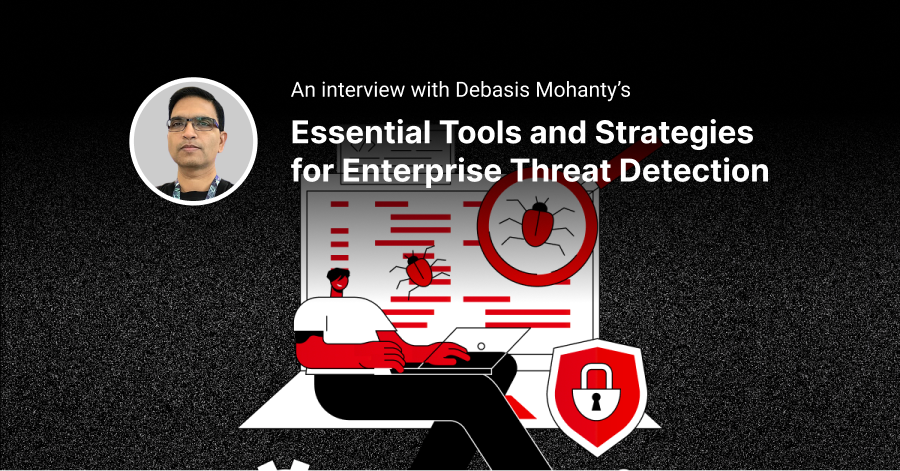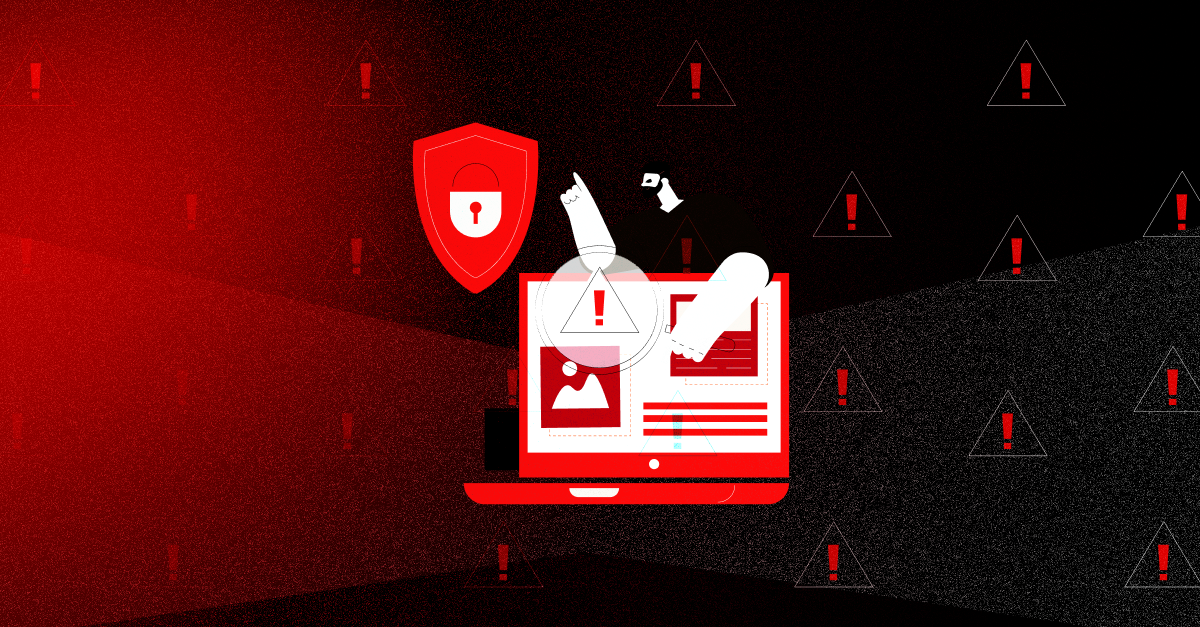In order to keep our systems and data safe, it's important to regularly assess and manage vulnerabilities. But what exactly is vulnerability management? In this blog post, we'll explore everything you need to know about vulnerability management, from identifying and remediating potential threats to tools and best practices.
Vulnerabilities, Risks, Threats, Exploits: What's the Difference?
Vulnerability - A security vulnerability is any weakness in a system that can be exploited by an attacker. They arise most often from mistakes made in the development stage of a product. Common examples include software bugs, design flaws, configuration errors, and application misconfigurations.
Risk - Security risks are the potential outcomes of a vulnerability being exploited. Risk is the possibility of asset or data loss, damage, or destruction as a result of a cyber threat. Common security risks include third-party vendor risks, insider threats, lack of compliance, and exposed sensitive information and intellectual property.
Threat - A threat is a potential source of those vulnerabilities. It is a malicious attempt to harm, or steal data and disrupt digital life. Common cyber threats include malware, phishing attacks, DDoS attacks, and other forms of attack.
Exploit
- An exploit is the means by which an attacker can make use of a given vulnerability. An exploit looks for vulnerabilities in a system and uses them to infiltrate the system and launch an attack.
Learn
more
about the differences between a vulnerability and exploit.
What is Vulnerability Management?
Vulnerability management is the proactive identification, assessment, and remediation of security flaws in systems and software. By definition, it is a continuous process that should be integrated into an organization’s overall security strategy. The goal of vulnerability management is to reduce the risk of exploitation by identifying and patching potential security holes before they can be exploited by bad actors.
Defining, Ranking, and Categorizing Vulnerabilities
The fundamental difference between bugs in software code and vulnerabilities is the potential effect they have on the system. While a bug is a mistake in a program that may cause unpredictable behavior, it is not necessarily a security threat. A vulnerability is a bug that manifests as an exploitable opportunity for attackers.
Cybersecurity organizations commonly use the Common Vulnerability Scoring System to rank and categorize vulnerabilities. The CVSS is a metric that measures the severity of vulnerabilities and the impact they have on an organization. The CVSS uses a point system that ranges from 0 to 10, with 10 being the most severe. Any vulnerability with a score of 9 and above is considered a critical vulnerability. A vulnerability with a CVSS score of 7 or higher is considered a high-severity vulnerability. Whereas vulnerabilities with a CVSS score of 6 or lower are considered medium-severity vulnerabilities. And vulnerabilities with a CVSS score of 5 or lower are considered low-severity vulnerabilities.
The CVSS is a simple way to classify vulnerabilities and to help prioritize their remediation.
It provides a detailed framework for evaluating vulnerabilities. When it comes to prioritizing and mitigating vulnerabilities, a unified standard like the CVSS is essential.
Vulnerability Management vs Vulnerability Assessment
Vulnerability Management is a broad and continuous strategy used to manage the risks that an organization faces. A vulnerability management program's goal is to implement controls and processes that will help you in identifying vulnerabilities in your organization's IT environment and systems. Vulnerability Assessment is a discrete and one-time process used to assess the risk of an IT infrastructure. These assessments usually have a start and end date and involve an external security consultant examining your IT environment for exploitable vulnerabilities.
Vulnerability assessment is a step in the vulnerability management process, but not the other way around.
The Vulnerability Management Process
A typical vulnerability management program can be categorized into 5 steps:
Discovery
This first step is all about preparing for the upcoming scans and tests. It involves gathering information about your organization and making a note of all the assets and systems that are inside your network. This includes information about the network, computers, servers, and other IT assets. It also includes information about the people who work in your organization and their role in the IT environment. This step also involves gathering information about the vulnerabilities that exist in your organization.
Assessment
The assessment process is to ensure that all the devices are scanned efficiently and accurately for vulnerabilities. After you've identified the potential threats on your devices, the next step is to prioritize the critical risks and resolve them first.
Reporting and Prioritization
The data is then collected and compiled into customized reports that contain details on how to prioritize the vulnerabilities. These reports also include recommendations and step-by-step instructions on how to effectively triage the vulnerabilities and fix them.
Remediate and Repeat
This stage involves fixing, monitoring, and eliminating the vulnerabilities. The required patches and workarounds are applied to the security flaws, and the same is repeated for new vulnerabilities that are discovered.
Verify
This final step is the process of verifying that the vulnerabilities have been mitigated successfully.
Best Tools for Vulnerability Management
OpenVAS
OpenVAS is a vulnerability scanner that can be used to implement any kind of vulnerability test. It is one of the most comprehensive tools among the open-source tools available and covers many different CVEs.
Wireshark
Wireshark is a network protocol analyzer that can be used to analyze network traffic and capture packets. It is a free, open source, and cross-platform network protocol analyzer. This tool allows you to magnify your network traffic and then screen it and dig deeper into it, zeroing in on the source of issues and helping with network analysis and, ultimately, network security.
Burp Suite
Burp Suite is a popular choice among web application security professionals. It is an open source web application security tool with a free community version that can be used to scan and test web applications and web servers. It is a single, comprehensive set of tools and its features can be expanded by installing add-ons known ad BApps.
OWASP ZAP
OWASP ZAP is another popular and widely-used, web security tool. It is free and open-source and is maintained by a team of international volunteers. It offers many options for security automation and has multiple add-ons to further enhance its capabilities.
Conclusion
As threats become more sophisticated and targeted, it is more important than ever to focus your efforts to minimize the risk to your organization. By identifying and assessing vulnerabilities, organizations can prioritize remediation efforts and improve their overall security posture. A good vulnerability management program uses the right mix of innovative and advanced technology and an expert security team to combat threats proactively.
Contact us
for more information on how we can help you implement a vulnerability management program.






